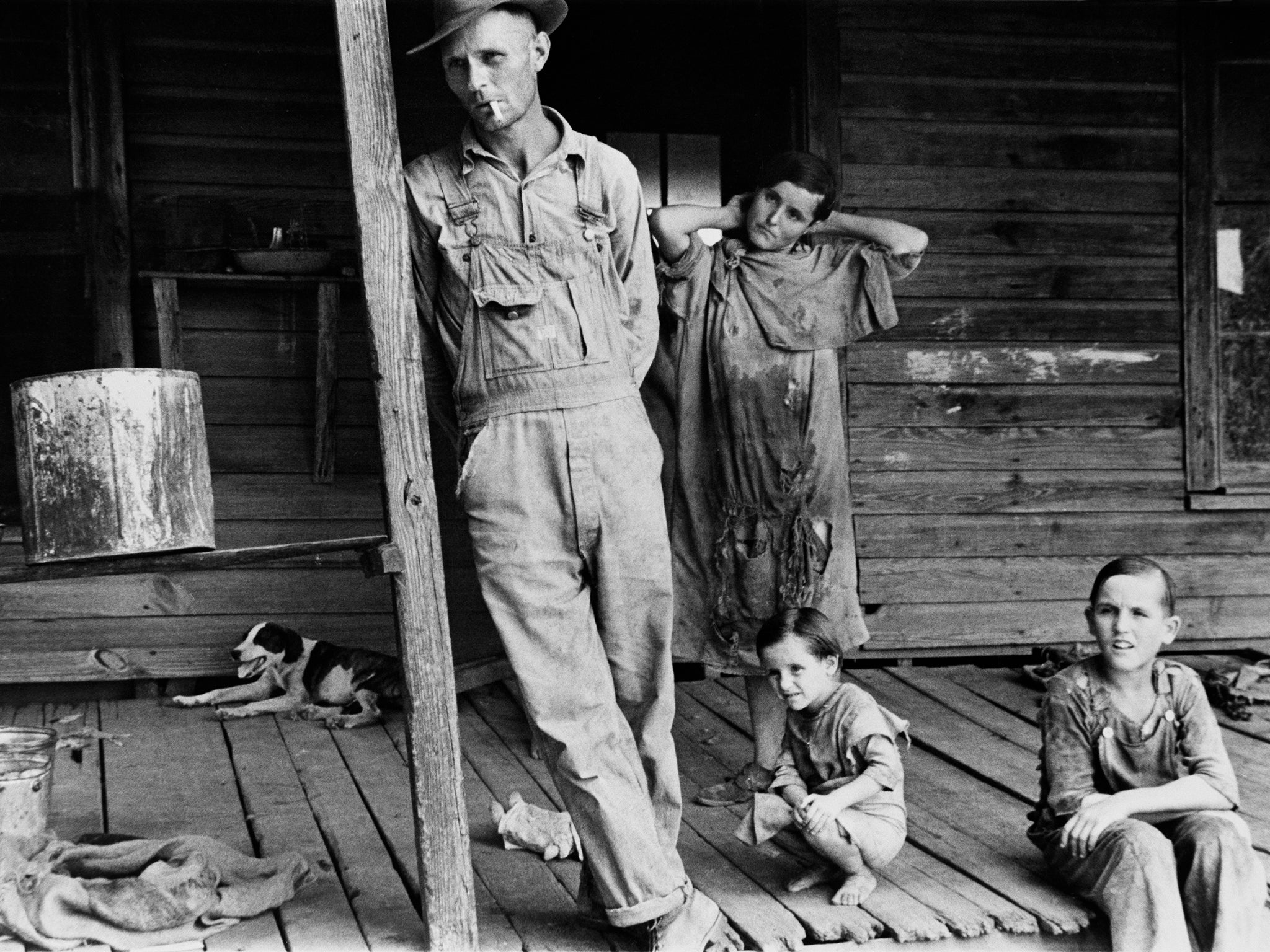Lila by Marilynne Robinson, book review: A sumptuous, graceful, and ultimately life-affirming novel
Her characters, raised on differently seasoned diets of poverty, solitude and death, are constantly alive to suffering, but the best ones perceive this as sometimes leading towards bliss

“She knew a little bit about existence. That was pretty well the only thing she knew about, and she had learned the word for it from him.”
Lila, the fourth novel by Marilynne Robinson, suggests that you don’t necessarily need a broad canvas to be a great writer; you just need to be very good at homing in on the small details.
The story emerges from gaps and silences in Robinson’s last two interconnected books, Gilead and Home. Set in the small Iowan town of Gilead, those novels traced the lives of Calvinist preachers John Ames and Robert Broughton respectively: their friendship, their trials, and their consolations. For 67-year-old John Ames, one late, but life-changing consolation was meeting and marrying Lila herself: it is their son, Richard, to whom Gilead is narrated in the form of a meditative letter.
As its title hints, Lila recalls these events but from a rather different point of view. Whereas Ames lives his entire life in one place, Lila travels restlessly, desperate to find whatever work she can. Where Ames engages with national and international events, Lila is surprised to learn that the landscape she knows so intimately is called “the United States of America”. Where Ames is intellectually eloquent, Lila is all instinctive silence. And where Ames has a stable familial and spiritual identity he can return to when wracked by doubts, Lila’s self-reliance is the result of continual flux and uncertainty.
Even her name is a fiction, invented by her de facto mother Doll, whose rescue-cum-abduction of Lila opens the novel. We are shown a child, neglected to the point of abuse, “miserable as could be”: “She couldn’t holler anymore and they didn’t hear her anyway, or they might and that would make things worse.”
Doll’s act of mercy gives Lila its primary drama: the family will pursue the pair more for prideful vengeance than any desire to recover the girl. But it also sets in motion Lila’s defining contradictions. It proves characteristic that her salvation is both a blessing (she was unlikely to survive her birth-parents’ cruelty) and a curse, beginning a fundamental alienation: “But if you’re a stranger to everybody on earth, then that’s what you are and there’s no end to it. You don’t know the words to say,” Lila thinks.
Lila’s peripatetic wanderings through the Depression-era dustbowl are entwined with her tentative relationship with John Ames. The nomadic sections have something of Cormac McCarthy’s The Road about them – the sacred tinges to the language, the pared-down wonder and sudden bursts of violent “ferociousness” (to use Lila’s word). There are rag-tag characters, alternately beneficent and threatening, and a central, intimate relationship between parent and child.
Yet Lila’s voice is, if anything, purer and less sentimental than McCarthy’s in its cool depiction of hardships. What breaks the heart is the yearning pathos of her endurance: “Hunger and loneliness and weariness and still wanting more of it. Existence. Why do I bother?”
Why humans bother is one of Robinson’s primary preoccupations. Her characters, raised on differently seasoned diets of poverty, solitude and death, are constantly alive to suffering, but the best ones perceive this as sometimes leading towards bliss. For Lila herself, this means reconciling her cheerless past – which ends in a dismal St Louis brothel – with the possibility of happiness with John Ames: “I got so much life behind me,” she says evenly. The choice is not an easy one for the self-protective Lila. “That was loneliness. When you’re scalded, touch hurts, it makes no difference if it’s kindly meant.”For Lila, the hope embodied by Ames, like that provided by Doll’s rescue, challenges her deepest sense of self: “But she kept thinking, What happens when somebody isn’t herself anymore …”
Robinson’s tough questions inspire tough answers. Even after Lila proposes marriage, she doesn’t settle down so much as pause, ready to leave at a second’s notice. “And what would she do without him. What would she do”, sounds bereft and animated all at once.
And yet, Lila manages to be a sumptuous, graceful, and ultimately life-affirming novel that earns the muted, but convincing happiness of its concluding pages: “And here were the two of them together in this warm light, the same dread feeding on the same hope, married.” This is typical of the way Robinson’s elegantly crafted prose weighs difficult and even contradictory ideas and feelings. There is the perfectly paced sentence that describes time’s surreptitious progress: “There was the clock ticking, steady as could be, and time passing, and no sign of anything else happening at all, but then in two days there would be the shadow of dust again, anywhere you happened to look for it.”
Lila even says “I love you” without cliché: “I can’t love you as much as I love you. I can’t feel as happy as I am.” Somehow these simple words express her triumph over loneliness and her persistent vulnerability to it. “All that beautiful life,” Ames ponders near the end without sounding glib. It just goes to show. Knowing a little about existence can go a long way.
Subscribe to Independent Premium to bookmark this article
Want to bookmark your favourite articles and stories to read or reference later? Start your Independent Premium subscription today.

Join our commenting forum
Join thought-provoking conversations, follow other Independent readers and see their replies